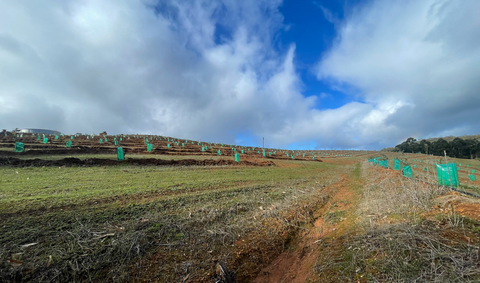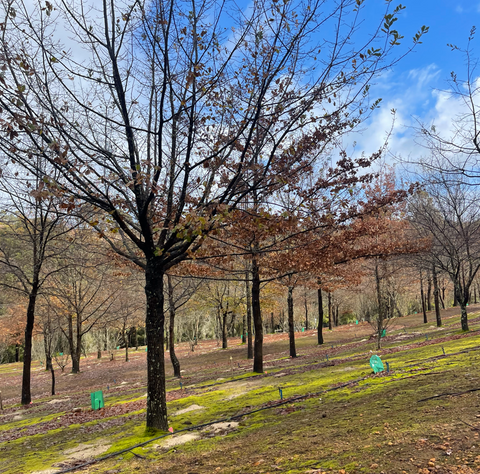OUR SUGGESTIONS
- Black Winter Truffle
- Cloche
- Black Truffle Butter
- Black Truffle Oil

What Is a Truffle?
A truffle, in its simplest definition, is an underground tuber; which also means that as a tuber, a truffle is a genus within the fungal family “Tuberaceae.” What differentiates truffles from other underground tubers, such as, say, the potato, is that it is a highly valued fungus. Across the world, chefs and adventurous home cooks seek out truffles from France, Italy, Australia, and other nations seeking to prove themselves as worthy in the already brutally competitive truffle market.

How Do Truffles Grow?
To understand why truffles are so greatly valued, one must first understand where truffles grow. A truffle is made up entirely of many spores which germinate and form hyphae. The hyphae then grow into a larger network, making contact with plant roots. It is at this point that mycorrhization – the exchange of nutrients through a symbiotic relationship between fungus and plant – can occur. This network of hyphae is referred to as mycelium, and the truffle is its fruiting body.
Truffles remain attached to this mycelium network through the duration of their development. Found attached to trees which lack high-levels of chlorophyll, such as oak, hazelnut, and willow trees, truffles, at the beginning of the season, will be found just under the surface of the earth, but as the season progresses they can be found as deep as 8 inches below ground level.

All truffles rely on mycorrhization – the symbiotic relationship between fungus and plant. However, truffles, with the exception of the white truffle, which is only found in the wild, can be inoculated and cultivated, undergoing controlled mycorrhization.


To cultivate their own truffles, truffle growers must inoculate the roots of young oak, hazelnut, or willow trees with the spores of the desired truffle species. The small, inoculated, truffle plants are then planted into the truffle nursery. These tree saplings will spend anywhere from 3 weeks to 3 months in the nursery until they are successfully inoculated; they are then moved to the truffiere and planted 4 to 6 meters apart. Patience is then required.

An inoculated tree requires the following amount of time to mature before being harvested for truffles:
Oak Trees: takes 10-12 years for the mycorrhization process to be established and will produce truffles for around 30 to 40 years.
Hazelnut Trees: takes 5 to 8 years to mature and production will last 15-20 years.
Does Growing a Truffle Guarantee Success?
However, success cannot be guaranteed and entirely depends on the soil, climate, and actual tree. In the past century, truffle production levels have decreased significantly. One century ago, 1,300 tons of truffles were being harvested on average every year in France (60% South-West, 34% South-East, and 6% Center). Now, because of global warming and climate change, harvest numbers have decreased, and will continue to do so. Today, only around 30-40 tons of truffles are found in France every year (80% of the harvesting being located in the South-East of France). In addition to climate change, truffle production
levels are falling due to pollution, deforestation (leading to the destruction of habitat and healthy mycelium network), and there being fewer growers willing to invest the time and effort into growing truffles. And finally, the vicious circle: the fewer truffles there are, the fewer truffles there will be.

